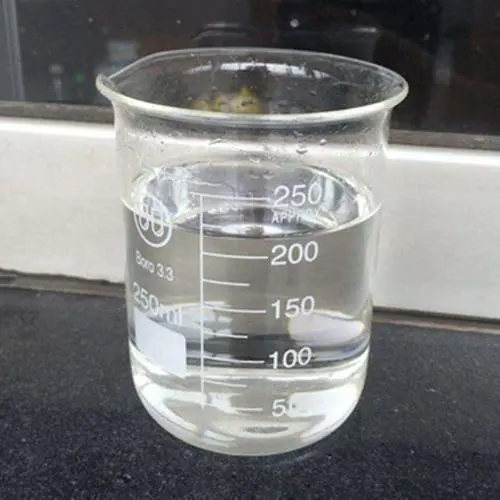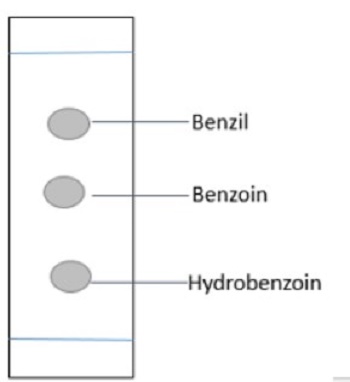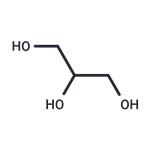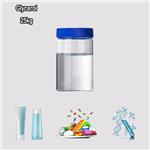Glycerol: Uses; Side Effects and Precautions
Jan 3,2024
Uses of Glycerol
Glycerin is FDA-approved for the treatment of constipation. The use of glycerin as a suppository or rectal enema may reduce constipation in adults and children at least 2 years of age. Glycerin has mild antibacterial and antiviral properties and is an FDA-approved wound treatment. Wounds treated with glycerin show a reduction in inflammation after approximately two hours. It is approved for use in all types of wound care except third-degree burns and for packaging donor skin for skin grafts. Glycerin can also provide relief for an inherited skin condition, and applying a specific product containing glycerin and paraffin to the skin can reduce symptoms such as itching and scaling in children with ichthyosis. However, it is unclear whether glycerin alone is helpful. In solid dosage forms such as tablets, glycerin is used as a tablet-holding agent.

Side Effects of Glycerol
When taken by mouth: Glycerol is possibly safe when used short-term. Side effects might include headaches, dizziness, bloating, nausea, and diarrhea. When applied to the skin: Glycerol is likely safe. It might cause redness, itching, and burning. When given in the rectum: Glycerol suppositories and enemas are likely safe and have been approved by the US Food and Drug Administration (FDA) for over-the-counter (OTC) use.
Precautions of Glycerol
Avoid glycerin during pregnancy and breastfeeding as there is insufficient clinical data to indicate if it is safe. Glycerin is probably safe when a suppository or enema is inserted into the rectum of a child at least 2 years of age. Glycerin may also be safe when applied to the skin of children at least 1 month of age. Glycerin may be safe for short-term oral use in children 2 months to 16 years of age. However, contact your doctor in case of any adverse reaction.
- Related articles
- Related Qustion
- Glycerol vs fatty acids: the connection and difference between the two Jan 7, 2025
Glycerol is an organic alcohol with three hydroxyl (OH) groups that has good moisturizing properties and can be used as a humectant, solvent, sweetener, and drug.
- Is glycerin halal? Mar 18, 2024
Glycerin is produced industrially, usually as a by-product of soap manufacture, from oils and fats. It can be made from animal fat or, in the case of vegetable glycerin, vegetable oil.
- Glycerol: A Review on Properties, Industrial and Pharmaceutical Applications Apr 10, 2023
Glycerol, also known as glycerine or propane-1,2,3-triol, is a chemical which has a multitude of uses in pharmaceutical, cosmetic, and food industries.
Supplementation with pyridoxal 5'-phosphate monohydrate can synthesize neurotransmitters such as dopamine and serotonin, maintaining a healthy nervous system.....
Nov 4,2025Biochemical EngineeringBenzoin, benzil, and hydrobenzoin are all compounds used in thin-layer chromatography (TLC). This technique separates and identifies components in a mixture.....
Jan 3,2024Organic Solvents








